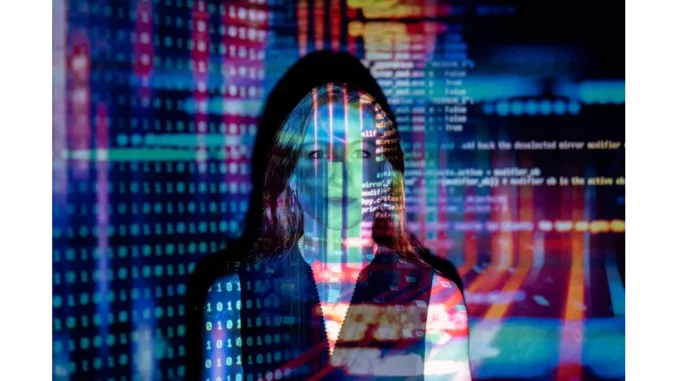
Recently, I had the privilege of engaging in a conversation with Dr. Emily Carter, a distinguished researcher at the University of Glasgow. Dr. Carter is at the forefront of an innovative project that promises to revolutionise health monitoring technology by employing radar to “listen” to heart sounds. This pioneering approach offers a contactless alternative with remarkable precision, potentially transforming patient care. Our discussion unveiled the intricate workings of this technological advancement and its potential implications for the medical field.
Dr. Carter began by elucidating the core principle of the radar stethoscope. Traditionally, heart sounds are monitored using stethoscopes that require direct contact with the patient’s body. However, this novel device utilises a 24GHz continuous-wave radar system to achieve similar results without physical touch. “It’s a significant leap from previous radar methods, which primarily focused on detecting chest movements to estimate heart rate,” she remarked, clearly pleased with the progress made. The radar stethoscope employs advanced signal processing techniques to isolate and measure heart sounds, providing a non-invasive means of monitoring cardiac activity.
The technology operates by transmitting electromagnetic waves that reflect off the body, capturing not just physical movements but also the acoustic signals produced by the heart. “We employ sophisticated filters to eliminate noise and interference, yielding a clear pulse signal,” Dr. Carter explained enthusiastically. The precision of this method is particularly noteworthy, with the system demonstrating nearly 99% accuracy in measuring heart sounds when benchmarked against the gold standard of ECG machines. The radar readings showed deviations of less than one beat per minute compared to simultaneous ECG measurements, an impressive feat considering the variability of heartbeats in different physiological states.
Dr. Carter was keen to highlight the potential clinical benefits of this technology. In particular, the radar stethoscope could enhance patient comfort and infection control by allowing for continuous monitoring without invasive sensors. This is especially pertinent in scenarios involving communicable diseases, where contactless monitoring is of paramount importance. Furthermore, the system prioritises patient privacy, capturing only vital signs without recording personal or movement data.
The practical applications of this technology are vast, extending beyond hospital settings. Dr. Carter painted a vivid picture of a future where patients could be monitored continuously in their own homes, freeing them from the confines of traditional medical equipment. Such advancements could revolutionise patient care, making it more efficient and less intrusive. The technology could also be invaluable in critical situations, allowing for real-time diagnosis and management of heart conditions.
As our conversation drew to a close, Dr. Carter shared the aspirations of her team for the future. “We’re exploring additional applications of this radar technology to measure other vital signs, such as breathing rates and blood pressure,” she revealed. The ultimate goal is to develop a comprehensive system capable of providing a holistic view of a patient’s health status. This vision signifies a step towards a new era in healthcare, where continuous and comprehensive monitoring becomes a standard practice.
Reflecting on the insights shared by Dr. Carter, it is evident that the radar stethoscope represents a considerable advancement in healthcare technology. This innovative approach not only enhances patient monitoring but also paves the way for new possibilities in medical diagnostics and treatment. As Dr. Carter aptly summarised, “We’re on the brink of a new generation of healthcare solutions, and this is just the beginning.”
Leaving the University of Glasgow, I was struck by a sense of anticipation for the future of healthcare. The radar stethoscope is more than a technological marvel; it is a testament to human ingenuity and the relentless pursuit of enhancing lives through scientific progress. It stands as a beacon of hope and innovation, heralding a promising future for patient care and health monitoring.


Be the first to comment